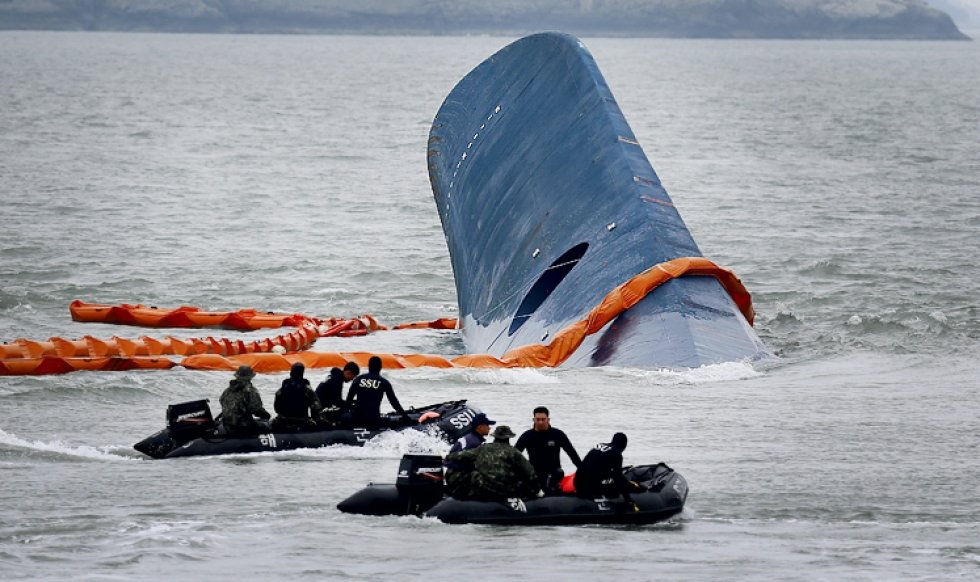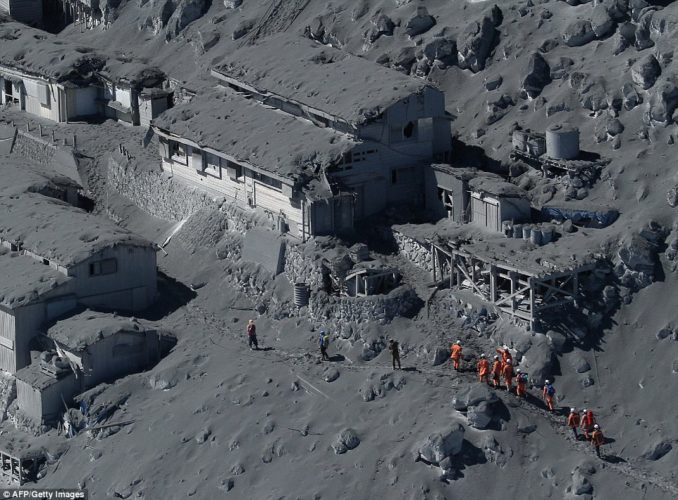
More than 100 days have passed since divers found the last body in the ferry that sank off the southwest coast on April 16. But the search for the missing victims continues, and 32 divers go to work every days searching for bodies.
They brave strong currents, low visibility and hypothermia as water temperatures have dropped significantly.
The Sewol has moved around 5.3 m due to the strong currents and is partially embedded in the muddy floor. Its steel frame has collapsed from rust, closing off entry points to the hull.
One diver who has been searching for victims since April, said, "Various parts of the ship are filled with mud and the frame has collapsed in many parts of the ship, which means divers can't search them. We've only been able to dive properly for nine days this month."
As the ferry disaster fades from the headlines, the conditions divers face have also gotten worse. One Navy commander said, "I have kept asking my men to persevere for just one more month, but it's been six months now working aboard a cramped vessel."
The injuries divers suffer are sapping morale. Two divers have died searching for bodies and about 80 have been treated in hospital.
Another Navy commander at the scene of the search said, "Divers who have managed to avoid injuries are faced with the side effects of diving long periods under water including paralysis due to fatigue."
Hwang Dae-shik, a rescue official, said, "Divers have to rest for 16 hours after diving for more than 10 minutes, but nobody was able to abide by that safety guideline in April and May," during massive rescue efforts in the immediate aftermath of the disaster.
The side effects are emerging now.
One diver who had to rescue a fellow diver, said, "It is a noble objective to try and recover all of the bodies of the victims, but the actual people who are risking their lives are the divers and not the president or ministers. We risked our lives to achieve the impossible and now they think it’s just our job to carry on."
The families of the victims held a meeting on Sunday evening to vote on ending the search for bodies and raising the vessel. They will announce their decision on Monday.
Monday 27 October 2014
http://english.chosun.com/site/data/html_dir/2014/10/27/2014102701360.html

